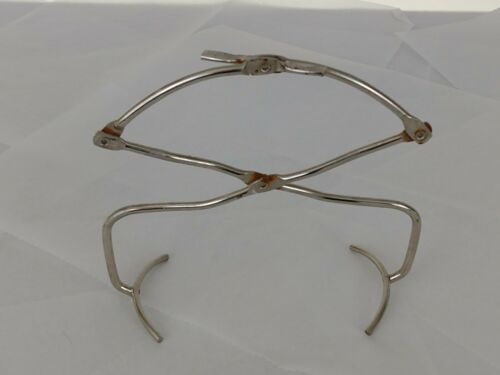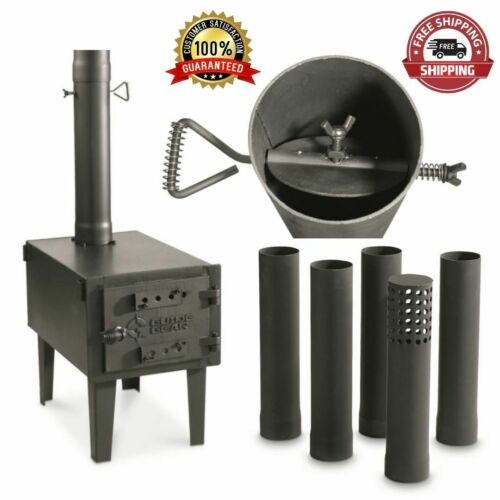Monoammonium Phosphate 12-61-0 (Water Soluble) – 2 Lbs.
Monoammonium phosphate (MAP) is a widely used source of phosphorus (P) and nitrogen (N).* It’s made of two constituents common in the fertilizer industry and contains the most phosphorus of any common solid fertilizer. MAP has been an important granular fertilizer for many years. It’s water-soluble and dissolves rapidly in adequately moist soil. Upon dissolution,
Monoammonium phosphate (MAP) is a widely used source of phosphorus (P) and nitrogen (N).* It’s made of two constituents common in the fertilizer industry and contains the most phosphorus of any common solid fertilizer. MAP has been an important granular fertilizer for many years. It’s water-soluble and dissolves rapidly in adequately moist soil. Upon dissolution, the two basic components of the fertilizer separate again to release ammonium (NH4+) and phosphate (H2PO4-), both of which plants rely on for healthy, sustained growth. The pH of the solution surrounding the granule is moderately acidic, making MAP an especially desirable fertilizer in neutral- and high-pH soils. Agronomic studies show that, under most conditions, no significant difference exists in P nutrition between various commercial P fertilizers under most conditions.Growers apply granular MAP in concentrated bands beneath the soil surface in proximity of growing roots or in surface bands. It’s also commonly applied by spreading it across the field and mixing it into the surface soil via tillage. In powdered form, it’s an important component of suspension fertilizers. When MAP is made with especially pure H3PO4, it readily dissolves into a clear solution dispersed as a foliar spray or added to irrigation water. The P2O5 equivalent content of high-purity MAP is usually 61 percent.







Comments
Comments are disabled for this post.